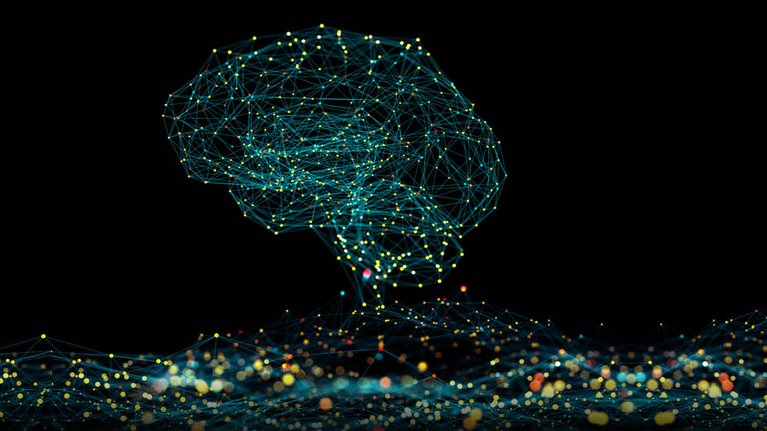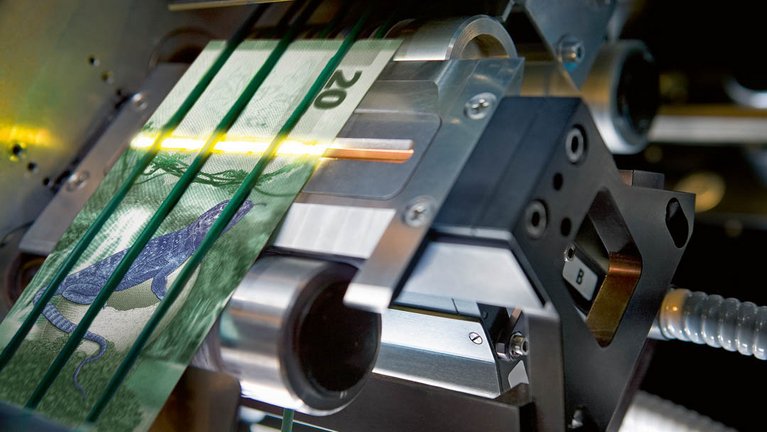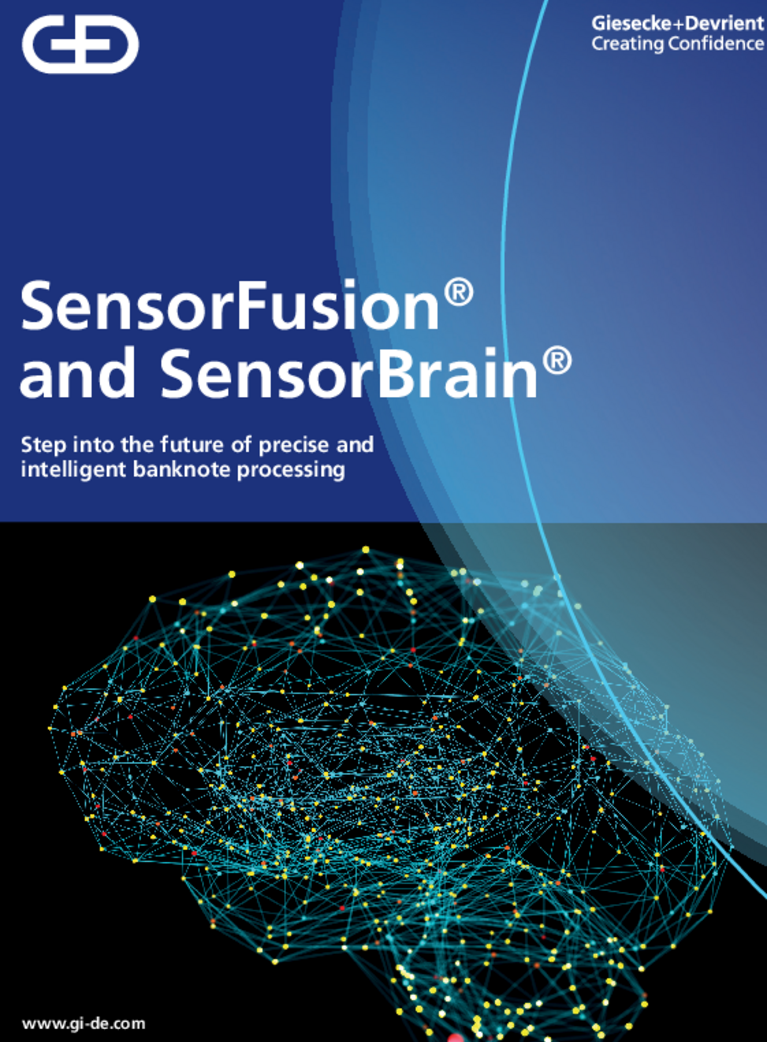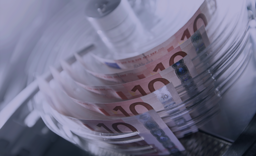
What if sensor data could collaborate?
Artificial intelligence (AI) has long established itself as a pivotal technology for the future, driving efficiency, cost-savings, and increased capabilities not just in the currency industry, but across almost every sector. Within the realm of sensor technology, AI-based algorithms are delivering more precise analysis by mimicking human perception – and making sensor data collaborate in the same way.
Artificial intelligence is rapidly increasing in importance not only because of its ability to make operations more accurate and efficient, but also because it can lower costs and deliver “hyper-personalized” products. Such features will become even more important in the post-COVID era as companies try to keep up with the accelerating pace of digital transformation. A study by Boston Consulting Group found that AI will be crucial for companies to better adjust to disruptions in production and supply chains, allocate workforces, and adapt to sharp changes in consumer or industry priorities.
Its ability to constantly learn and adjust will make AI invaluable for companies that seek to continuously adapt. But this is just the tip of the proverbial iceberg: while AI tools analyze immense volumes of data to learn underlying patterns – and, in doing so, enable computers to make complex decisions – emerging technologies continue to take these capabilities further. For example, deep neural networks allow AI-enabled computers not only to analyze deeper data with incredible accuracy, but also to adapt through progressive learning algorithms, to adjust to unfamiliar environments, and to solve new problems.
G+D has harnessed the power of AI to make cash processing more precise, cost-effective, and future-proof for the entire cash cycle.
Michael Khomut, Manager of Business Development at G+D
Seeing the complete picture
Multi-sensor data fusion (MSDF) is a paradigm that complements AI technology by merging sensor data from multiple sources so that it can be analyzed holistically, similar to the way data is processed within the human brain. Consequently, MSDF provides a gateway into more refined and more cost-efficient ways of tackling existing challenges.

A wide array of G+D sensors – from optical, to magnetic, to ultrasonic – are used in banknote processing machines all over the world. Although the number and capabilities of sensors have expanded over the last 50 years, as long as sensor data is treated singularly, the proficiency of banknote sorting machines is virtually capped. By using AI technology to fuse sensor data from multiple sources and analyze it collectively, cash processing machines create a more complete and accurate picture of a banknote’s fitness and authenticity.
G+D’s revolutionary new offering SensorBrain® provides the necessary computing power for SensorFusion®, which uses deep fusion algorithms to achieve a combined analysis of sensor data. This increases the precision spectrum in banknote sorting and improves the classification of banknotes’ fitness and authenticity. Deep learning also enables banknote processing systems to adapt to future requirements, in line with continued developments. In this way, G+D has harnessed the power of AI to make cash processing more precise, cost-effective, and future-proof for the entire cash cycle.
'With latest technological concepts of SensorBrain and SensorFusion G+D further extends its position as spearhead of our industry – delivering benchmark solutions to fulfil our customers’ expectations and needs
Dieter Stein, Director Product Management BPS® Sensor Systems at G+D
Benefits for an entire industry
Michael Khomut, Manager of Business Development at G+D, believes that if such technologies become more widespread in the cash industry, cash management will become more efficient and the cost of cash will be reduced. “The AI-based algorithms combine sensor data to optimize banknote classification,” he says, “bringing us ever closer to completely accurate identification of all banknotes.
Various industry sectors – such as automotive, healthcare, and biotechnology – have already developed and embraced a great number of AI innovations. The adoption of these key technologies will accelerate in the future, benefiting many sections of the cash industry. It is crucial for actors in the cash cycle to work together in investing in such new and powerful technologies to step into the future of banknote processing and drive precision and optimize costs for all.
Download brochure

SensorBrain® and SensorFusion®
Step into the future of precise and intelligent banknote processing
Get in touch
If you have any questions about our end-to-end business solutions or about our SecurityTech company, seek expert advice, or want to give us your feedback, our team is here to support you, anytime.





